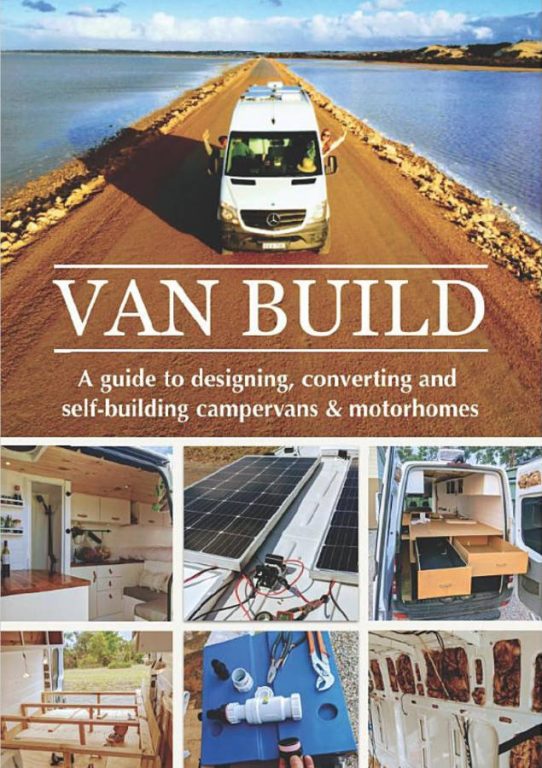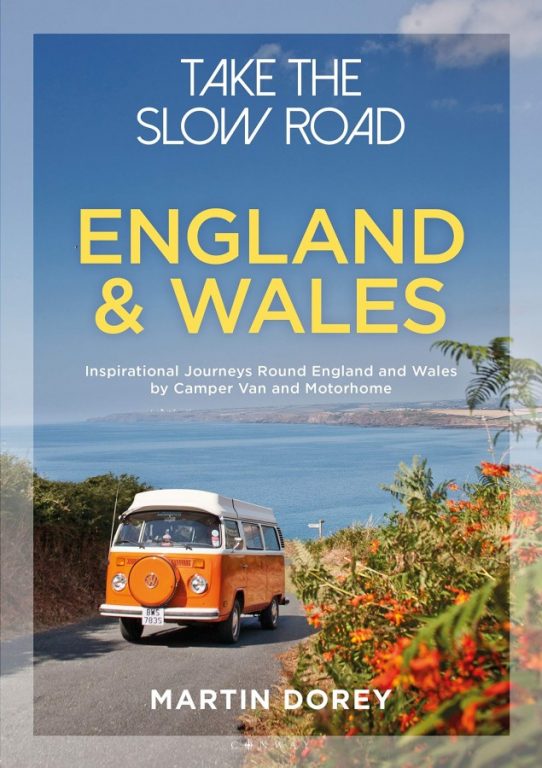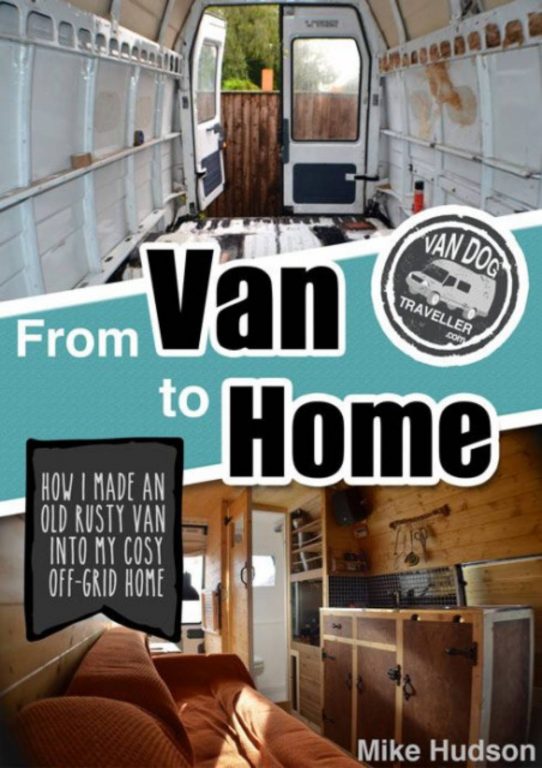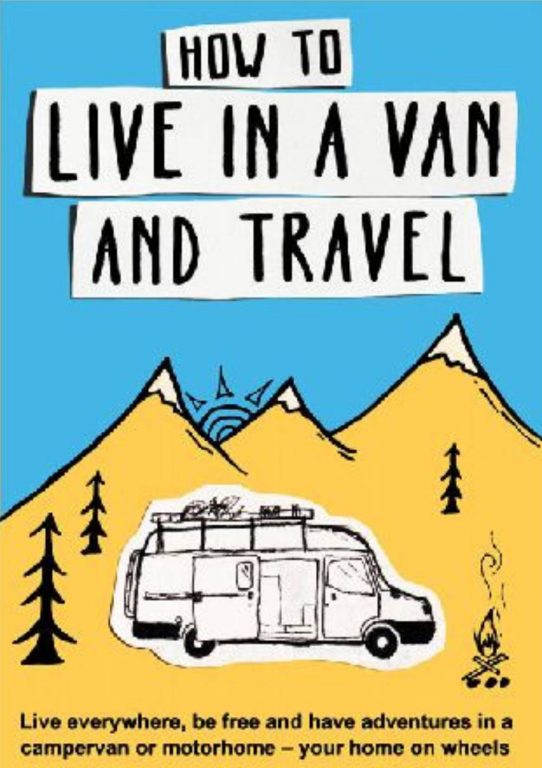Only take what you need in your vehicle, carrying unnecessary items will only slow you down and use up valuable storage space. There are a number of items I would recommend that will make your travelling life easier:
Guide books
Destination travel guides
There are many popular travel guides that contain an amazing amount of invaluable information about even little visited locations. The Rough Guide and Lonely Planet are the most popular, and not just for backpackers. The information is aimed at all travelers. Also check other publishers such as Footprints
Language guide books
A language guide book is essential if you intend to try and speak local languages. A phrase book is the best option if you are not fluent, as it will contain the complete phrases you need to communicate. A language dictionary is only of use if you are comfortable with a foreign language and you want to increase your vocabulary.
Navigation
Navigating your way around Europe is no easy task. With falling costs I defiantly recommend getting a satellite navigation unit and a road atlas.
Road atlas (Essential)
A road atlas of Europe will show you all of the major and most minor roads of the countries you are travelling in. There are various different publications, with varying levels of detail. If you are using just this atlas to navigate I would recommend getting one with a large level of detail, or an atlas for each country you are visiting. If you are using a satellite navigation unit (see below) a basic atlas of Europe will surf ice.
Satellite Navigation unit
A satellite navigation unit will make driving in any European country much easier, as well as your own country. With increasing popularity and falling costs they are much more affordable. If you are travelling alone, or navigating on your own a satellite navigation unit is essential.
Whilst it is easy to navigate between major towns or cities, determining which roads to take between smaller locations can be very difficult. Especially in poorly signposted rural areas. Satellite navigation units are equally useful when navigating the suburbs of cities, when signposts can be in limited numbers.
Once you have entered your destination address, or simply the postcode, the satellite navigation unit will prompt you as to which turnings to take and when, with stunning accuracy. Although some mistakes will happen, the units do not know everything about every street. They also containing information about beaches, fuel stations, supermarkets, hospitals, etc. So you can at any time look for the nearest of any of these location types. The unit will then guide you to them. You can specify your vehicle type (can, van, truck, etc), and also options such as whether to avoid toll roads.
TomTom and Garmin are popular and recommended manufacturers. TomTom’s One is very popular at around £200 and Garmins Streetpilot i3 is also popular and often sold for as little as £100. I personally used the Garmin Streetpilot i3 with great success, and would never do such a trip without one.
Be warned though, the ‘out of the box’ models are likely to have the UK, Ireland and Northern France in detail only. Whilst the major roads of all European countries may be included, you will need to buy an upgrade DVD or extra memory card containing the other countries. This will probably prove to me more expensive than the cost of the unit itself. Check with a supplier if you are unsure. For the more technical people, It is possible to unlock the maps on some models. Try a search on the Internet for information. Note: it may be illegal to unlock maps without permission, therefore we recommend that you buy them.
Camping extras
There are a few extras that will make your camping life more comfortable.
Camping stove
No doubt you will have a gas stove in your vehicle. But it is often nice to cook outside, or down at the beach. A simple camping stove is inexpensive and easy to carry. I would recommend the flat type, rather than the traditional type, as they are more stable. However refills of the traditional stand up type are easier to find in Europe.
Another good reason for carrying one is in case your main gas bottle runs out. If like me you find judging the level of remaining gas in a cylinder difficult, you may run out. You will be glad you have your standby stove if this happens, especially if this happens whilst cooking a meal., in the evening or on a Sunday or public holiday.
Camping chairs and table
It is likely that you will want to sit outside at some point. The new type of camping chairs are easier to store and generally more comfortable that the old fold up type. Expect to spend £10 for one in the UK. Cheaper ones are available, but I have had several cheap ones break at festivals.
Also consider a camping table, to go with your chairs. Simple fold out types are available from camping shops. Ensure you can comfortable store one before purchasing.
Clothes line/rope and Clothes dryer
The easiest way to dry your clothes is to use the tumble dryers in the campsite laundry. However if you are trying to save money (see the Saving Money section) drying your clothes is easy with a clothes line or clothes dryer. A piece of rope will do, but a purpose made clothes line is coated in plastic and will prevent damage to your clothes Tying the line between trees, or between trees and you vehicle is the best idea. A 10m clothes line can be bought in a European super market for about €3.
You will often find no trees to tie your line to. In these cases a clothes dryer is the best option. A stand up dryer allows more items to be dried, but takes up more room and will often blow down. A better option is a radiator type, designed to be hung over the side of a radiator. You can hang these in windows, on the a van rain gutter or on a panel van sliding door. The arms are normally bendable so you can shape it your needs. They are easy to store. They cost around €5 in a European supermarket.
Energy
Solar battery charger (for AA and similar batteries)
A solar battery charger is excellent for charging your AA and similar batteries in your van, or even at home. They cost less than £15 and charge all popular battery types.
This is a great idea if you are using a digital camera or other device that uses a lot of batteries.
Leaving on the dashboard of your vehicle whilst you drive is normally the best option. Batteries are charged in 2 – 4 hours. I bought mine from the Green Shop in the UK.
12v battery charger (for AA and similar batteries)
12v battery chargers (for AA and similar batteries) are another good way of charging your batteries. Plug the charger into your cigarette lighter socket when driving.





converting a van to a camper
Would anyone be able to let me know suppliers of flat-packed furniture to convert a VW LT28